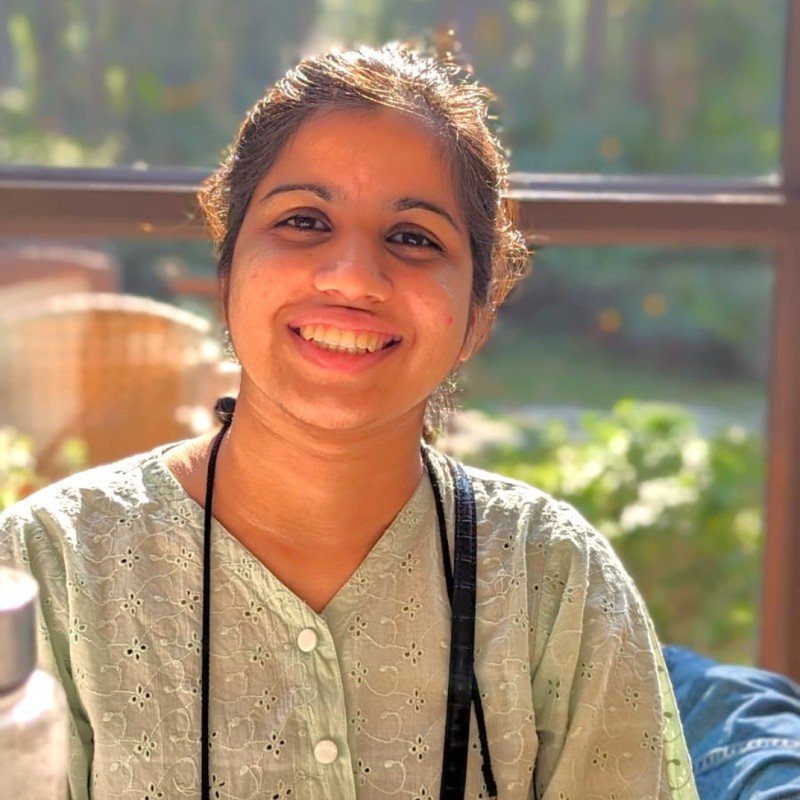Science Communication: Social media can make or break it
May 17, 2023 | Wednesday | Views | By Sabhimanvi Dua, Communication Lead, Precision Health, Swasti
No matter the number of experts involved in the content creation process, it is pertinent to ensure quality assurance before the information goes out on social media
The shape of science and public health communication has never been the same since the COVID pandemic. After all, a lot of people outside the scientific, medical, and public health community now understand the terms like quarantine or booster dose or know what flatten the curve means. It was the science stuff going viral this time.
Major credit for this is certainly attributed to social media and the endless number of posts - informative ones, of course. The ease of it all played the biggest factor as unlike other sources of media, there are limited barriers with social media; after all, it does not take that long to tweet, and just about anyone can do so. Unfortunately, this also means it can all turn dangerous if not used wisely, more so when you are locked in and your dominant source of information is the internet. And we know when it comes to social media, it can go wrong rapidly, with the information multiplying exponentially.
So while on the one hand, social media contributed to generating awareness and educating people, on the other, it also created panic through the plethora of misinformation, disinformation, and misleading content floating around[[1]]. There was no escape from the misinformation and myths, and in countries like India people struggled to understand the science, to differentiate between right and wrong information. It was not a drill, people were not trained for this, and the pandemic was a reality they were not prepared for. Social media was the source they turned to for health information, but not everything on social media could be trusted - it raised serious concerns among the public health sector.
Both seeing this and anticipating the horrors of social media, the experts themselves stepped in and possibly offered a solution to the problem. It was not just the journalists, media houses, and government press releasing information and talking about the virus, the symptoms, and ways to prevent it, etc it was also the healthcare workers, the scientists at the labs, public health experts, epidemiologists, and data scientists busting myths, making sense of the complicated data and epidemiological terms, and bringing logic to the chaos.
Although the content generated by these experts does not gather as much attention as from the entertainers and influencers, sometimes the tweets about viruses go viral! When Wiles and Morris collaborated to make the famous flatten the curve more “clear and visually engaging,” they did not realize the GIF they would create and share on social media would end up allowing “a wide range of publics, scientists, and health officials to comment on, share and adapt the communications for other audiences.”[[2]] This portrays one of the perfect examples of collaboration between science and creativity. The key is to strike the right balance and get the best results by involving both sides - the experts & professionals and the creative communicators.[[3]] There are similar examples of collaboration that may not have gone viral but did create a significant impact locally or nationally, mainly with amplified from the public officials and administrators.
When it comes to pandemics or similar public health emergencies, what we need going forward is to reach the general public and/or specific community groups through fun and creative content with visuals (that are inclusive for people with color blindness) that do not compromise on the core public health message, and what better than receiving data-driven information from the experts/ specialists in the field. Getting the perfect blend of content and visuals ready is step one of the process.
No matter the number of experts involved in the content creation process, it is pertinent to ensure quality assurance before the information goes out on social media - to check for the accuracy, credibility, and tone of the message. The public health messages that are easy to understand without the need to Google a bunch of heavy words, decomplexify the science, are backed by evidence, and are obtained from trusted sources generate a higher likelihood of people accepting the information and acting on it.
The need of the hour is for localised level platforms and sources that can generate this kind of information and keep it brief, non-panicky, and just interesting enough to let the reader absorb it fully. COVID has given a chance to many such platforms to disseminate information on social media the edutainment way, and if they continue to use it right, it can go a long way in contributing towards prevention and preparedness for the next public health emergency.
Sabhimanvi Dua, Communication Lead, Precision Health, Swasti
[1] Social Media, Public Health, and Community Mitigation of COVID-19: Challenges, Risks, and Benefits.
[2] Going viral: A science communication collaboration in the era of COVID-19 and social media.
[3] Exploring Health Experts' and Creative Communicators' Focus in Pandemic Video Communication: A Qualitative Study.










